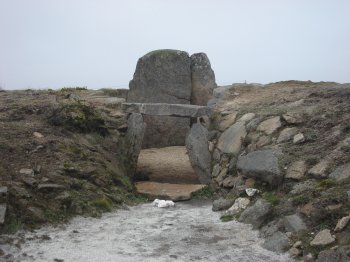Explore the best places
Heritage in Portugal
Igreja de São João Baptista / Igreja Paroquial de Lobrigos
- heritage
Rua de São João Baptista
5030-435, Lobrigos
Located in a small square where there is also a fountain with a baroque back and coat of arms, the parish church of Lobrigos stands out for its main facade which is, at the same time, the base of the bell tower. With a square plan, here, on its three sides, there are round arches, forming a galilee that precedes the entrance to the temple. The body of the church develops longitudinally, towards the back, featuring a single nave with a high choir, and rectangular chancel. A highlight is the pipe organ, the only one in operation in the diocese …
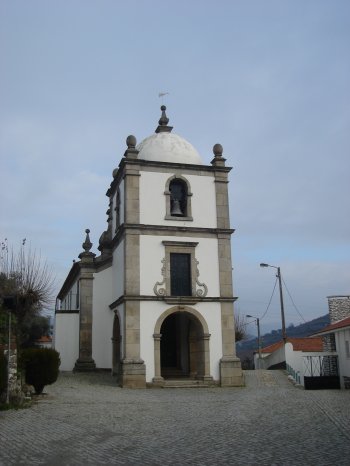
Pelourinho de Santa Marta de Penaguião
- heritage
Avenida Primeiro de Maio, 52
5030-477, Santa Marta de Penaguião
This pillory, located right in the center of the town, was probably erected shortly after the granting of the second charter, 1519, in the reign of D. Manuel I. Of great simplicity, but worth its historical weight, it has a smooth cylindrical shaft, finished in the shape of a pine trunk, which integrates it into the typology of pine cone pillory from the 16th century.
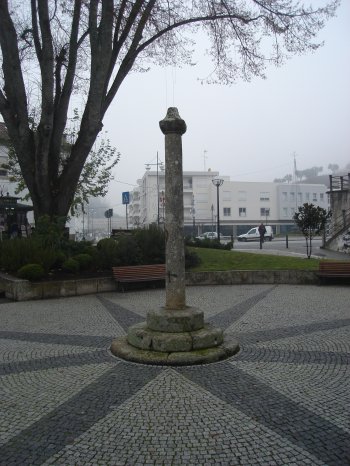
Igreja Paroquial da Cumieira / Igreja de Santa Eulália
- heritage
Largo da Igreja
5030-061, Cumieira
Dedicated to Santa Eulália, the Parish Church displays the year 1729 over the main door. Inside, it boasts a rich gilded carving of the time, which depicts the nature of the region, and the ceiling is made up of coffers, those in the main chapel decorated with paintings, those in the body of the church with carved ornaments. All these elements worked together with the mural paintings designed, according to tradition, by Nicolau Nasoni. The church houses two valuable pieces: a 17th century monstrance and a 16th century sculpture of the Virgin of a vernacular character.
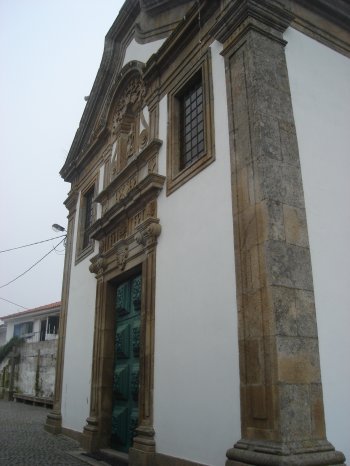
Museu das Caves de Santa Marta de Penaguião
- heritage
Rua dos Combatentes, 36
5030-477, Santa Marta de Penaguião
The museum presents old and interesting pieces related to the history of the winery, while visiting you can taste some of the best wines in the region. The gathering continues in a pleasant room with space for large groups, where the best of typical cuisine can be enjoyed.
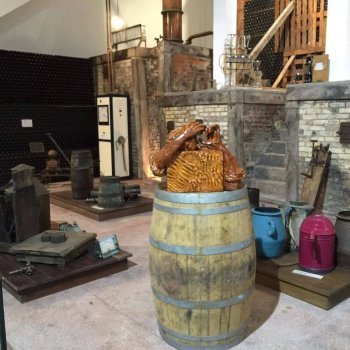
Pelourinho de Gouvães do Douro
- heritage
EN589
5085-242, Gouvães do Douro
Two square steps are the base of this pillory with a smooth cylindrical shaft and voluminous capital, on which the square "cage" sits with a prismatic plumb in each corner and a pyramidal finish.
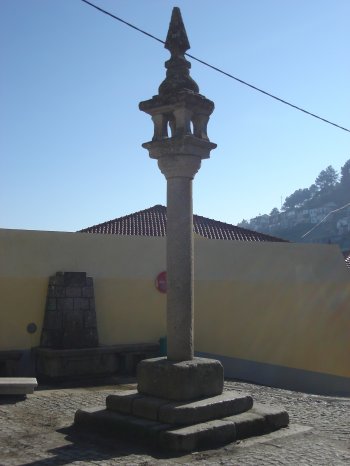
Pelourinho de Provesende
- heritage
Largo da Praça
5060-251, Provesende
Pillory supported on five octagonal steps with a chamfered shaft, a quadrangular cage with a rude device and a massive crown, from which the conical top emerges. It has a weather vane dating from 1765.

Santuário de Nossa Senhora da Saúde
- heritage
Rua da Amoreira
5060-405, São Lourenço de Ribapinhão
Pilgrimage sanctuary, next to the hot spring. It consists of a chapel, fountain, Casa dos Milagres, cross, bandstands and surrounded by a wooded park. Mannerist chapel with a longitudinal plan consisting of a single nave and chancel, inside with a high choir, built-in confessionals, pulpits, two side chapels with rococo altarpieces and a neoclassical main altarpiece. The cruise is from the 19th century, with a column with a smooth shaft, a square capital and a Latin cross with a sculptural group.
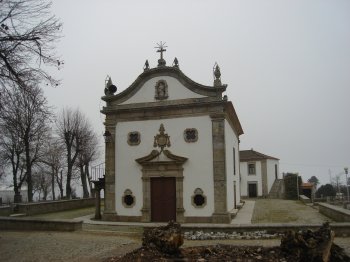
Igreja Paroquial de Parada do Pinhão / Igreja de Nossa Senhora da Conceição
- heritage
Largo da Igreja
5060-109, Parada de Pinhão
Late-baroque church with chancel. The ceilings are made of wood and there is a bell tower attached to the left side facade and a sacristy to the opposite. Inside it has a high choir on columns, a baptistry on the Gospel side, four confessionals, a pulpit on the Gospel side, and two altarpieces and the late-Baroque main altarpiece and two collateral altarpieces.
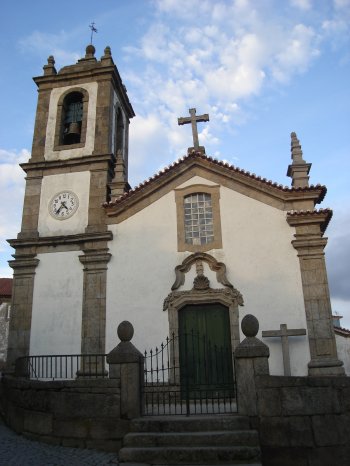
Casa da Pereira
- heritage
Rua Fernão de Magalhães
5060-333, Sabrosa
Although the certainties are not absolute, everything suggests that Fernão de Magalhães was born in this house, and there is even a reference to Sabrosa in the navigator's will. Being a rural farm house, it has popular civil architecture, characterized by small openings, without erudite elements. The coat of arms inserted in one of the cornerstones of the house would have been chopped by order of King Manuel I, as the navigator made his great voyage of discovery at the service of the kings of Spain. The house was never sold and passed to the current owners by inheritance. In …
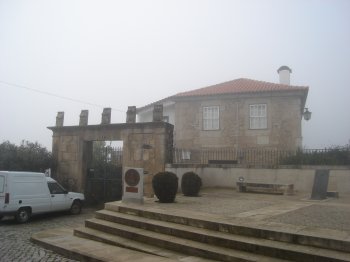
Mamoa de Madorras
- heritage
CM1262
5060-408, São Lourenço de Ribapinhão
With around 30 meters in diameter and around two meters in maximum height, it is a prehistoric tomb built around 6000 years ago. It was discovered in 1912 by Albino Lopo and was first excavated between 1983-1988. It stands out for its monumentality and state of conservation, which led to some scientific interventions that provided innovative and important results for the knowledge of the communities that built this imposing tomb and inhabited the region.
